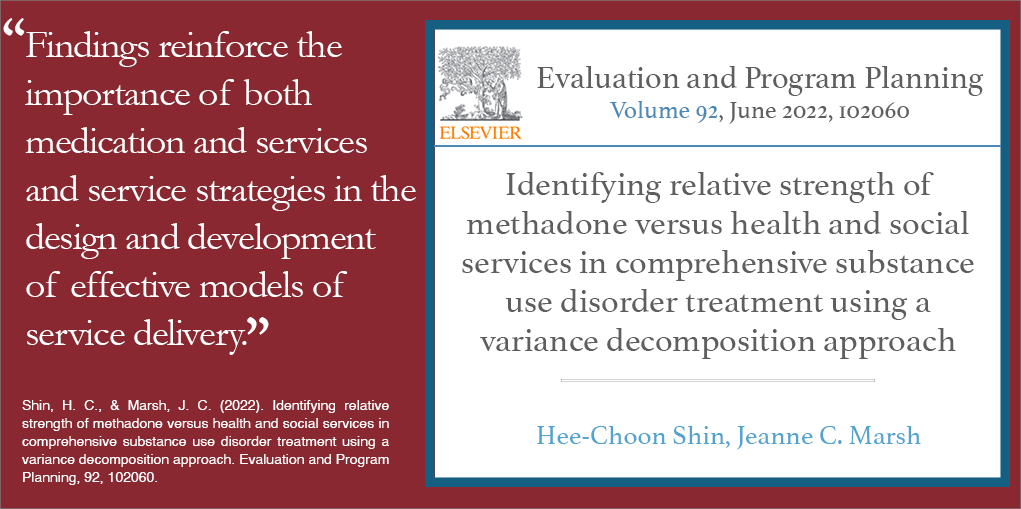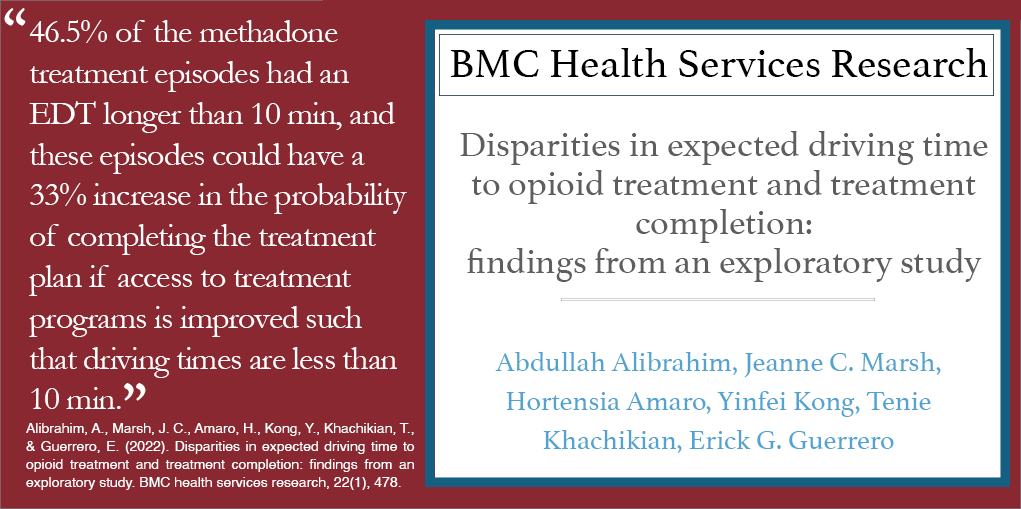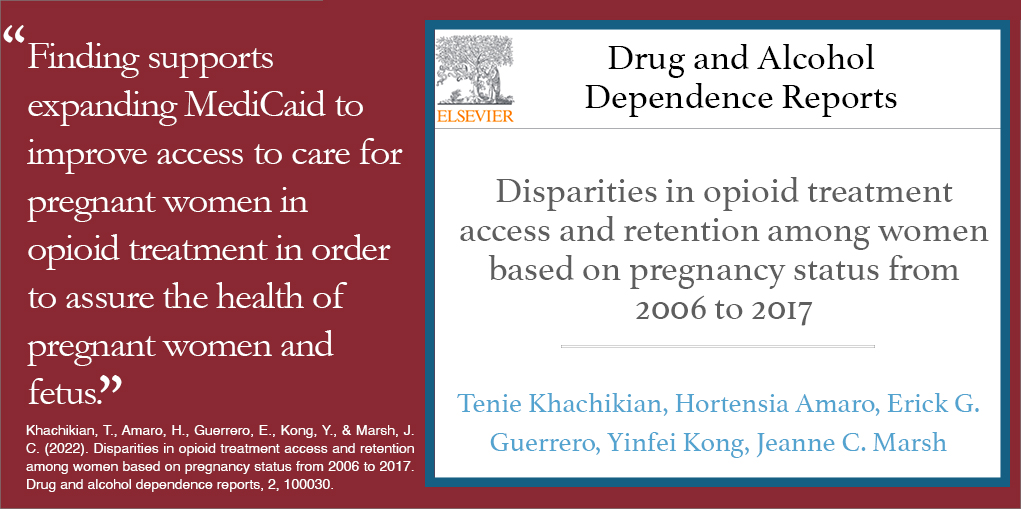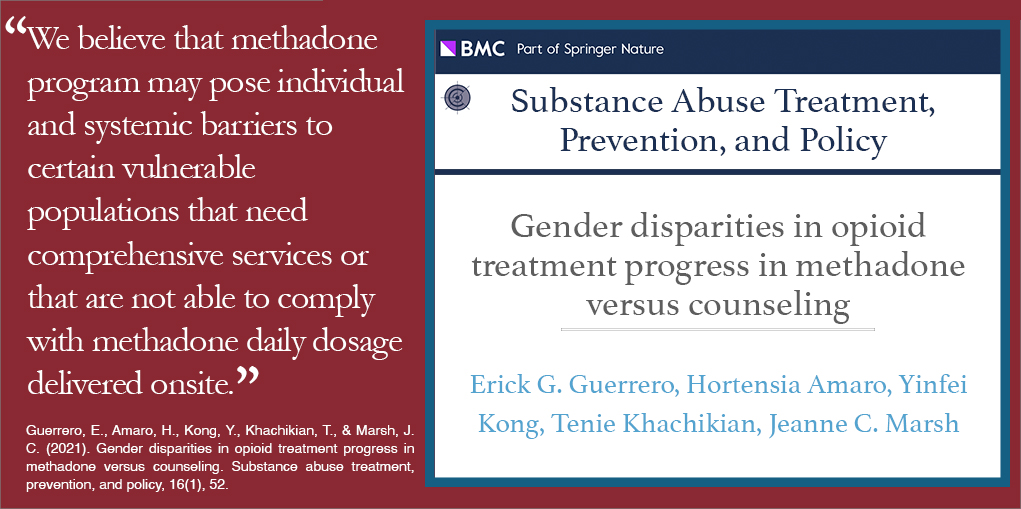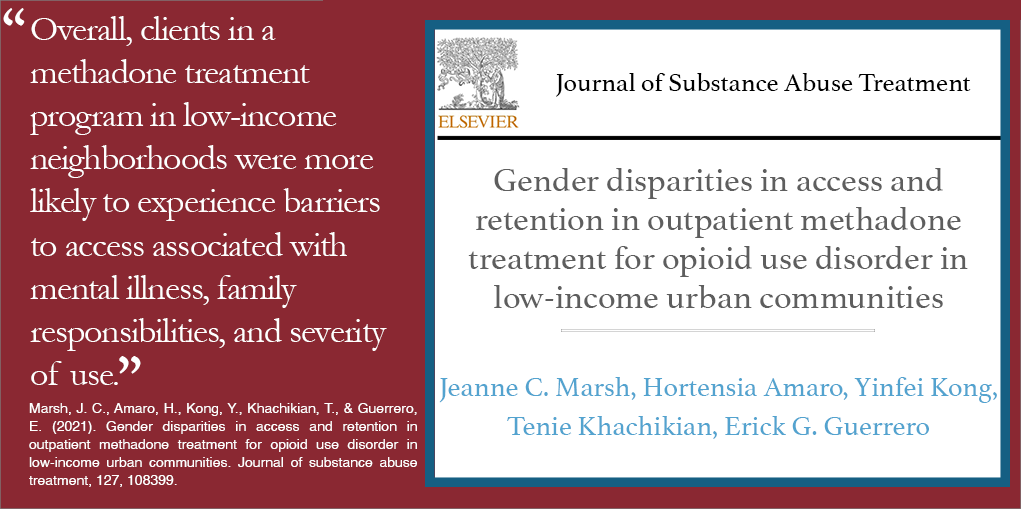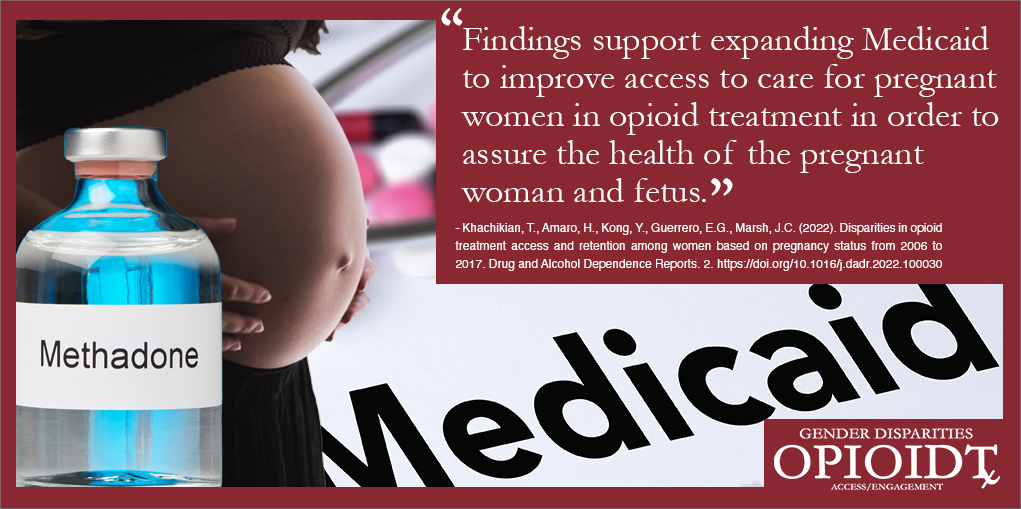Organizational Characteristics that Lead to Colocation of Mental Health in Primary Care Services for Veterans
Mental health providers operating in a dedicated space within a primary care clinic that is centrally located and offers ease of access to every provider is the gold standard for “service integration.” Colocation of mental health in primary care settings increases access and facilitates coordination, leading to better health outcomes. Unfortunately, differences in approaches, philosophies, and cultures in the systems of primary care and mental health have made it very difficult to implement.
One of the places where colocation of mental health and primary care services is necessary is in the Veterans Health Administration (VHA) system. Nevertheless, recent studies have shown that services and the quality of coordination is inconsistent across VHA programs. In a study published in Administration and Policy in Mental Health and Mental Health Services Research, Dr. Erick Guerrero and his research team explore the organizational factors that may be related to facilitating provision of mental health services in primary care settings. The team posited two hypotheses:
- Barriers: Clinic stress, barriers to performance improvement, and problems coordinating primary care and mental health would be negatively associated with providing co-located care.
- Facilitators: Flexibility and participative decision-making, the existence of a mechanism to coordinate depression screening and treatment, providing training on depression care, and the presence of “clinical champions” (i.e. respected clinicians that act as change agents during processes of implementation) would be positively associated with providing co-located care.
To study these hypotheses, the research team used a survey conducted in 2007 of primary care directors in 225 VHA facilities nationwide. They measured the degree of colocation of mental health in primary care settings using questions related to service colocation that were answered in a scale from neither planned nor implemented to fully implemented. Additionally, the survey questionnaire included various questions for which the response could be used to measure each of the organizational factors that could act as barriers or facilitators to service integration.
Using a standard statistical technique to explore the relationships between the degree of colocation (i.e. the outcome) in an organization and each of the organizational factors, the team found:
- There were no negative relationships between integration of care and any of the three types of hypothesized barriers listed above.
- The provision of training in depression care for primary care providers was positively associated to co-located care.
The research team notes they didn’t find many organizational factors that were correlated with integration of care, but that this is very important work that must continue. The Affordable Care Act has promoted integrated care and the VHA has adopted this model. That said, implementation has been difficult and more research like this is required to learn how organizations can create conditions that will lead to better mental health care in primary care settings.
To view the study in its entirety, please click here.
Source: “Organizational Correlated of Implementation of Colocation of Mental Health and Primary Care in the Veterans Health Administration”, Administration and Policy in Mental Health and Mental Health Services Research




